CCTV News:The normal activities of Japanese military aircraft in the East China Sea and the South China Sea have caused overreaction in some neighboring countries. The Japanese Air Self-Defense Force fighters have been exhausted because of frequent emergency take-off, which is unbearable not only for people, but also for machines.
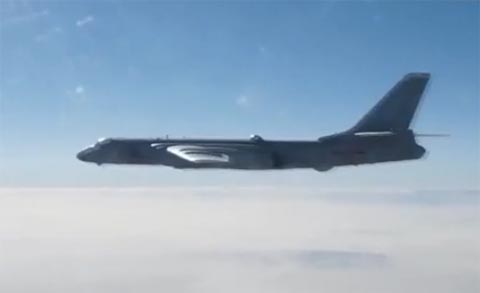
On August 12th and 13th, Japanese military planes flew over the Miyako Strait for two consecutive days, and the Japanese Air Self-Defense Force dispatched fighter planes to respond. Japan’s NHK TV reported on August 15 that the Japanese defense center Onoji Five Code visited Okinawa on the 14th and inspected the Naha base of the Air Self-Defense Force.
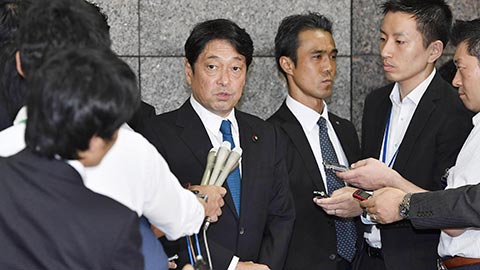
Five Codes of Japanese Defense Center Onoji
The Japanese defense center Onoji Five Code said that the Self-Defense Force aircraft was launched 1068 times in 2016, setting a new record. Among them, 803 emergency launches were made to cope with the situation in the southwest airspace.
Naha base of Japan Air Self-Defense Force undertakes most of the emergency lift-off mission.
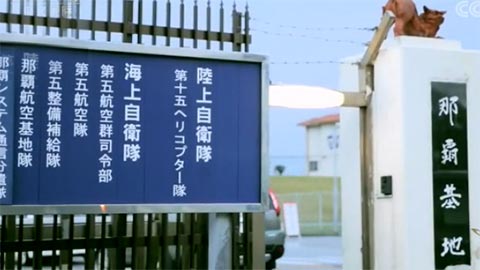
Naha military base
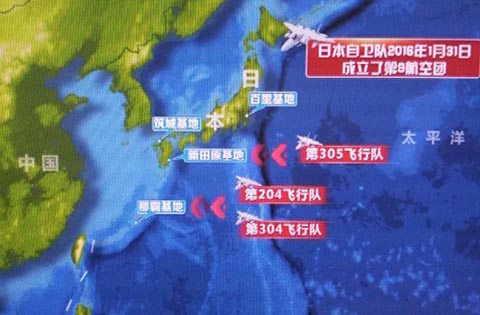
diagrammatic presentation
In order to cope with the activities of Japanese military aircraft and strengthen the air defense situation in the so-called southwest region, the Japanese Self-Defense Force established the 9th Air Corps on January 31, 2016, expanded the 83rd Air Force of the Air Self-Defense Force originally stationed at Naha base in Okinawa, and moved the 204th Air Force at Baili base in Ibaraki Prefecture and the 304th Air Force at Tsukuba base in Fukuoka Prefecture to Naha base, and also moved the 305th Air Force to Xintianyuan base in Miyazaki Prefecture near Okinawa. At present, the 9 th Air Corps has about 40 F-15 fighters, and has undertaken about half of the emergency launch mission of the entire Air Self-Defense Force.
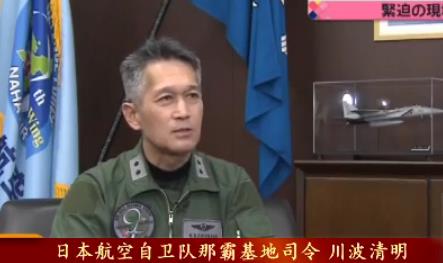
Chuanbo Qingming, commander of Naha base of Japan Air Self-Defense Force, said that sometimes there are several emergency liftoffs in one day, and from this point of view, it is true that the number of emergency liftoffs has increased.
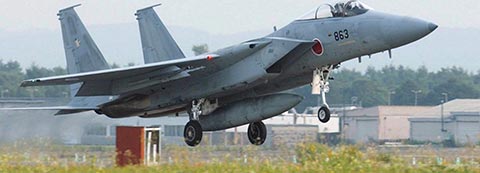
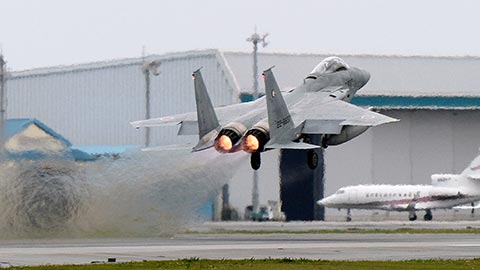
Emergency liftoff
According to reports, the fighters of the Self-Defense Forces in Naha base are not using real missiles during training, but they will be equipped with live ammunition during emergency lift-off. Sometimes the number of emergency liftoffs from Naha base can reach 10 times a day, but because of the high frequency of liftoffs, the number of fighters in Naha base is seriously insufficient.
The Self-Defense Forces added two F-15s to monitor China military aircraft from the rear.
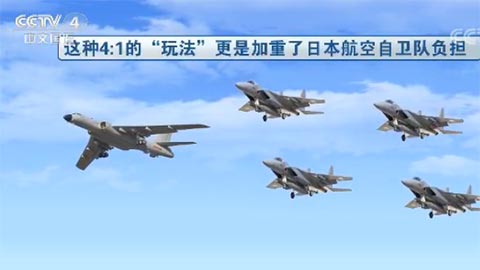
At the beginning of this year, the Japanese Defense Ministry also revised the formation of the Air Self-Defense Force for emergency take-off, from the original two Air Self-Defense Force fighters to one Chinese mainland military aircraft, to four to one, and two additional F-15s were added to monitor the Chinese mainland military aircraft from the rear, and to watch for any additional aircraft. This 4:1 "gameplay" has increased the burden on the Japan Air Self-Defense Force. The outside world can’t help but question, will these fighters F-15s "overwork"?
More importantly, unlike other air self-defense force bases, the airport of Naha base is a military-civilian shared airport with only one runway. With the formation of the 9th Air Corps, the number of F-15s has doubled and the number of emergency take-offs has surged, so Naha Airport is extremely crowded.
Although the self-defense forces claimed that the frequent take-off of military aircraft did not affect civilian aircraft. However, on July 26th, the nose landing gear indicator light of an F-15 fighter of the Air Self-Defense Force was broken during take-off, leaving many objects suspected of glass fragments on the taxiway, causing a large number of civil airliners to stay. On January 30th, the front wheel of an F-15 fell off during take-off, which made it impossible for Naha Airport to take off and land for nearly two hours. According to the Japan Air Self-Defense Force, the second runway of Naha Airport will be put into use before the end of March 2020, but it is inevitable that civil aircraft will be affected before that.
Commander of China Air Force: It is a normal demand to go to the distant sea for training. The Sea of Japan is not the Sea of Japan.
China’s normal navigation and flight activities have always been regarded as a "threat" by Japan. In the 2017 edition of the White Paper on Defense, Japan also played up the threat of China and expressed "concern" about the active activities of China’s navy and air force in the East China Sea and the South China Sea. In response, China Air Force Commander Ma Xiaotian responded on the 10th that training in the open sea is the development demand of China Air Force itself, and I don’t know what the Japanese are worried about.
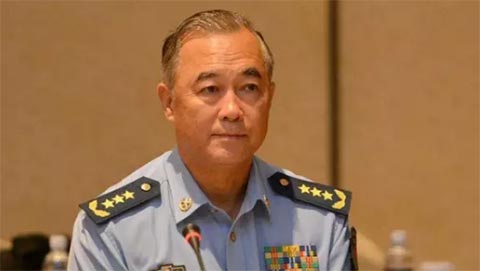
China Air Force Commander Ma Xiaotian
China Air Force Commander Ma Xiaotian said, "We are developing our own. What is he worried about?"? Training at sea is also necessary. Our air force can’t just stay on land, but the Sea of Japan doesn’t seem to be too much. What he said is a bit exaggerated. It is not impossible to go to the Sea of Japan in the future, and the Sea of Japan is not the Sea of Japan.
关于作者